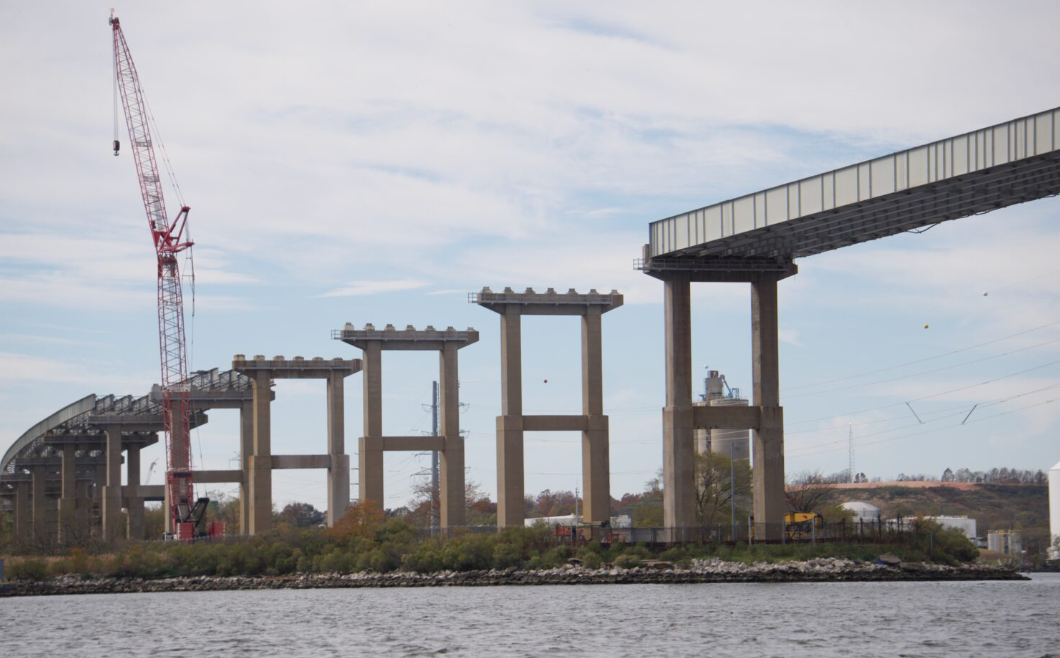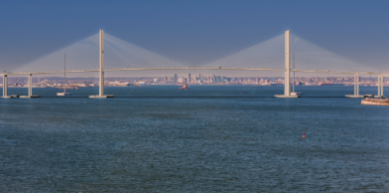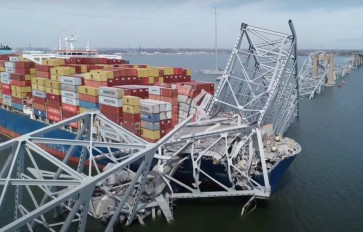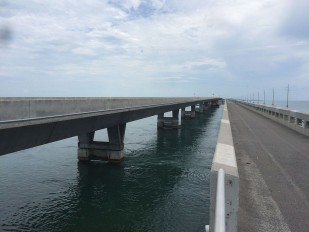Francis Scott Key Bridge reconstruction costs climb to $5.2 billion as reopening shifts to 2030

Reconstruction efforts for the Francis Scott Key Bridge have entered a significantly more complex phase as updated assessments place total replacement costs between 4.3 and 5.2 billion dollars. Revised expectations extend the opening date to late 2030 due to elevated material prices and extensive safety requirements. These adjustments reflect national economic pressures alongside federal resilience standards that now govern navigation channel width, bridge height, and pier protection systems. The new span will rise to approximately 230 feet above the river to accommodate modern vessel traffic.

The reconstruction strategy has been shaped by findings from the National Transportation Safety Board, which determined that a single loose wire within the Dali’s electrical system initiated an unexpected blackout. The loss of propulsion and steering prevented corrective action as the ship drifted toward the pier. The collapse highlighted the bridge’s vulnerability to impacts from vessels that have grown substantially larger since its original completion in 1977. Investigators also emphasized the need for stronger pier protection, which is now a central design component of the replacement structure.
Current design work prioritizes compliance with contemporary structural and maritime safety standards. Wider shoulders, higher clearance, and fender systems exceeding the footprint of a football field are intended to mitigate future risks. Agencies continue to coordinate damage recovery, cost management, and legal processes while ensuring that the rebuilt crossing meets long-term transportation needs.
Information regarding the Baltimore bridge collapse after collision with container ship can be found here.
The most recent cause of collapse from the National Transportation Safety Board (NTSB) is discussed in this article.
Sources: marylandmatters.org, 6abc.com
Want to read more like this story?

Loose wire fault identified as root cause of Baltimore’s Francis Scott Key Bridge collapse
Nov, 19, 2025 | NewsA detailed investigation has confirmed that a loose electrical wire aboard the container vessel inv...

After the Recent NTSB Report: 68 U.S. Bridges Now Flagged for Collapse Risk
Mar, 29, 2025 | NewsWhen the Francis Scott Key Bridge in Baltimore catastrophically collapsed in March 2024 after being...

Webuild Ready to Rebuild the Baltimore Bridge: A New Vision for Safety and Innovation
Mar, 26, 2024 | NewsIn March, the city of Baltimore faced a devastating setback when the Francis Scott Key Bridge, a cr...

Transcripts Reveal Technical Failures Before Baltimore Bridge Collapse
Jun, 04, 2025 | NewsFollowing the collapse of the Francis Scott Key Bridge in Baltimore on March 26, 2024, engineering...

Baltimore bridge collapses after collision with container ship
Mar, 26, 2024 | NewsA container ship collided with the Francis Scott Key Bridge in Baltimore, around 1:30 a.m. on the m...

Long Key Bridge in Florida is set to be replaced
Nov, 17, 2021 | NewsThe state Department of Transportation is planning to replace the Long Key Bridge, the second-longe...

A New Era for Île d'Orléans: Quebec's $2.7B Bridge Project
Jul, 11, 2024 | NewsTransforming Infrastructure for Safety and Growth The Quebec government has announced an ambitious...

Two Dead After Ship Strikes Iconic NYC Bridge
May, 17, 2025 | NewsA tragic maritime incident unfolded on May 17, 2025, when the Mexican Navy's tall training ship Cua...

New bridge design offers high earthquake resistance at lower cost
Sep, 30, 2020 | NewsA new study focuses on the implementation of new bridge designs that could provide earthquake resist...
Trending

Vertical gardens in Mexico City to combat pollution

Characteristics of Load Bearing Masonry Construction

Taipei 101’s impressive tuned mass damper

Morocco Implements Landmark Dam Perforation to Combat Water Stress in Marrakech

Dutch greenhouses have revolutionized modern farming



